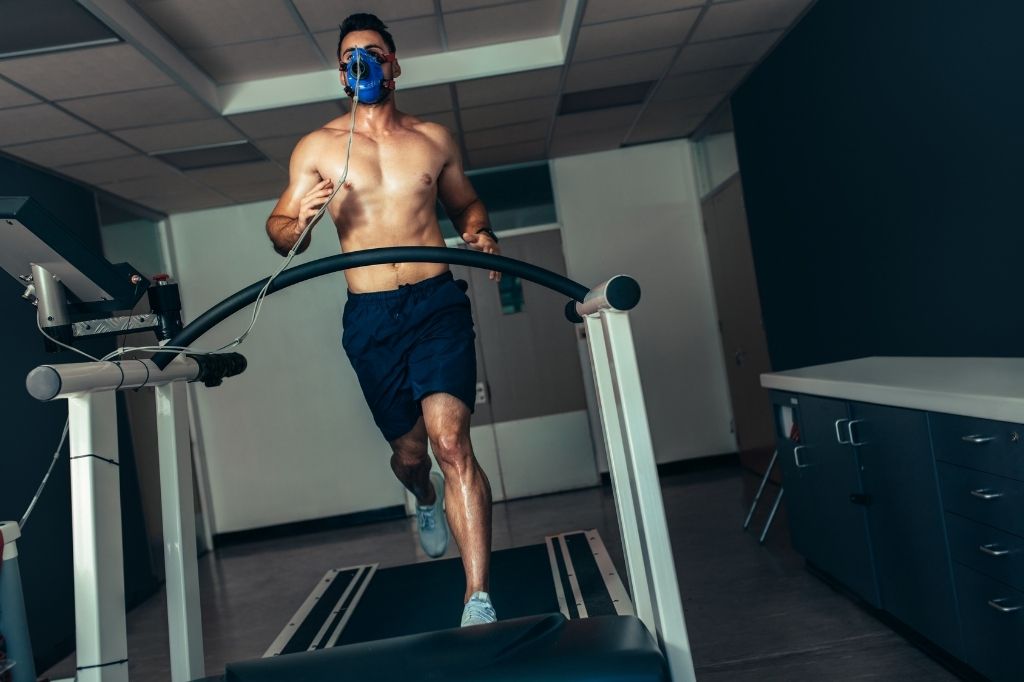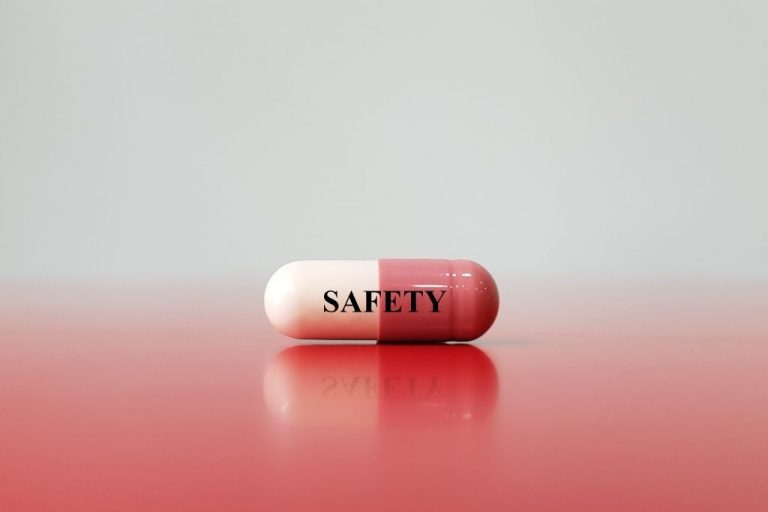The 21st Century Science Studies of Masks


Dr Susan Pockett, MSc PhD, a supporter of NZDSOS has provided us her analysis on the science of masks. This short literature review provides information about the existing peer-reviewed science relating to the long-‐term wearing of surgical masks.
It aims to answer two specific questions :
(1) Do masks prevent the person-‐to-‐person transmission of viral disease?
(2) Does long-‐term mask use pose any medical risks to the wearer?
1. Do masks prevent the person to person transmission of viral disease?
When interrogating the scientific literature in this area, the methodology used is
more than usually important. The gold standard methodology here is the randomised controlled trial (RCT). RCTs involve taking a large number of similar subjects and randomly dividing them into an experimental group (which is treated with the intervention under study) and a control group (which isn’t).
Any measurable difference between the two groups at the end of the experiment can then reasonably be inferred to be due to the intervention – in this case mask wearing. The highest degree of scientific certainty is achieved by doing a number of RCTs, in different locations and run by different groups of scientists – and then doing a meta-‐analysis of all the studies.
How does this bear on the scientific literature on masks?
The cited paper by Xiao et al (2020) is (a) published in the journal Emerging Infectious Diseases, which is hosted on the website of the CDC (the US Government’s Centre for Disease Control) -‐ supposedly a very reputable address -‐ and (b) reports a meta-‐analysis of 14 separate RCTs.
This basically means that the Xiao et al study is as kosher as it gets scientifically and can reasonably be deemed to trump any and all studies using inferior methodology. Xiao and colleagues conclude that “…although mechanistic studies support the potential effect of hand hygiene or face masks, evidence from 14 randomized controlled trials of these measures did not support a substantial effect on transmission of laboratory-‐confirmed influenza” [emphases added].
So basically, it is as certain as science can make it that masks are not effective against the transmission of influenza.
So far, only one RCT has been published on the efficacy of masks against the transmission of SARS-‐CoV-‐2 (Bundegaard et al 2021). Unsurprisingly perhaps (given that SARS-CoV-2 and influenza are very similar viruses) the result is very similar.
Perhaps the most interesting point here though, is that the editor of the journal which published this study felt the need to write an Editorial in the same issue justifying the decision to publish that paper. This entirely unprecedented act shows just how extreme the politicisation of science in this area has ecome.
So the scientific answer to the first question is a clear no. Masks do not prevent
the transmission of viral diseases. There is no medical benefit to be derived from
wearing a mask.
Therefore, assuming that the NZ government is competent and thus aware of these results, any perceived benefit of mask mandates must be purely political -‐ perhaps to keep the population worried enough about covid to accept Pfizer’s Comirnaty injections?
2. Do masks pose any threat to the wearer?
At least seven papers say yes.
• Geiss (2020) says : “In this study, the carbon dioxide concentration in the breathing zone was measured while wearing a surgical mask, a KN95 and a cloth mask. For the surgical mask, the concentration was determined under different conditions (office work, slow walking, and fast walking). Measurements were made using a modified indoor air quality meter equipped with a nondispersive infrared (NDIR) CO 2 sensor.
Detected carbon dioxide concentrations ranged from 2150 ± 192 to 2875 ± 323 ppm. The concentrations of carbon dioxide while not wearing a face mask varied from 500–900 ppm. Doing office work and standing still on the treadmill each resulted in carbon dioxide concentrations of around 2200 ppm.
A small increase could be observed when walking at a speed of 3 km h–1 (leisurely walking pace). Walking at a speed of 5 km h–1, which corresponds to medium activity with breathing through the mouth, resulted in an average carbon dioxide concentration of 2875 ppm. No differences were observed among the three types of face masks tested. According to the literature, these concentrations have no toxicological effect.
However, concentrations in the detected range can cause undesirable symptoms, such as fatigue, headache, and loss of concentration.” Fatigue, headache and loss of concentration are certainly undesirable in any context -‐ but perhaps especially in an educational one.
• Walach et al (2021) produce such a convincing paper agreeing with the above conclusion that the political engine immediately goes into overdrive and causes the retraction of this paper -‐ an increasingly common stratagem whenever scientists publish work deemed politically inconvenient.
• Beder et al (2008) report that surgeons often stop using masks during long operations, because of “physical discomfort, fatigue, and possibly even deterioration of surgical judgment and performance”. They therefore measure the oxygen saturation of surgeons’ blood during
prolonged mask wearing, and find that “As the duration of the operation increases, oxygen saturation of hemoglobin decreases significantly.”
• Kisielinski et al (2021) survey the literature and report “changes in respiratory physiology of mask wearers with significant correlation of O 2 drop and fatigue (p < 0.05), a clustered co-‐occurrence of respiratory impairment and O 2 drop (67%), N95 mask and CO 2 rise (82%), N95 mask and O 2 drop (72%), N95 mask and headache (60%), respiratory impairment and temperature rise (88%), but also temperature rise and moisture (100%) under the masks.” and conclude that “Extended mask-wearing by the general population could lead to relevant effects and consequences in many medical fields.”
• Matuschek et al (2021) find “evidence for significant respiratory compromise in patients with severe obstructive pulmonary disease, secondary to the development of hypercapnia. This could also happen in patients with lung infections, with or without SARS-CoV-2.”
• Law et al (2021) find evidence that “wearing a face mask during gradient-echo fMRI can alter BOLD (Blood Oxygen Level Dependent) baseline signal”
• Schwarz et al (2021) collect a register of reports on the effects of mask wearing on children and say that “68% of respondents reported that children complained about impairments caused by wearing the mask. Side effects included irritability (60%), headache (53%), difficulty concentrating (50%), less happiness (49%), reluctance to go to school/kindergarten (44%), malaise (42%) impaired learning (38%) and drowsiness/fatigue (37%).”
Meanwhile, apparently New Zealand school children are taking matters into their own hands and rejecting masks of their own accord.
Conclusion
Long‐term mask wearing (1) does not work to prevent viral transmission and (2) raises carbon dioxide concentration and reduces blood oxygenation enough to be extremely uncomfortable and cause significant reduction in mental functioning.
It is therefore hard to see any good medical reason for the imposition of mask
mandates during a pandemic.
References
Beder A, Büyükkoçak; U, Sabuncuoğlu H, Keskil ZA and Keskil S (2008) Preliminary report on surgical mask induced deoxygenation during major surgery. Neurocirugia 19; 121-‐126
Bundgaard H, Bundgaard JS, Raaschou-‐Pedersen DET, Buchwald CV, Todsen T,Norsk JB, Pries-‐Heje MM et al (2021) Effectiveness of adding a mask recommendation to other public health measures to prevent SARS-‐CoV-‐2 infection in Danish mask wearers A Randomized Controlled Trial. Annals of Internal Medicine 174(3) 335-344.
Geiss O (2020) Effect of wearing face masks on the carbon dioxide concentration in the breathing zone. Aerosol and Air Quality Research 21 (2) 200403 7pp https://doi.org/10.4209/aaqr.2020.07.0403
Kisielinski K, Giboni P, Prescher A, et al. (2021) Is a mask that covers the mouth and nose free from undesirable side effects in everyday use and free of potential hazards? International Journal of Environmental Research and Public Health 18(8):4344. doi:10.3390/ijerph18084344
Matuschek C, Moll F, Fangerau H, et al. (2020) Face masks: benefits and risks during the COVID-‐19 crisis. European Journal of Medical Research 25(1):32. doi:10.1186/s40001-020‐00430‐5
Schwarz S, Jenetzky E, Krafft H, Maurer T, Martin D.(2021) Corona children studies “Co-‐Ki”: first results of a Germany-‐wide registry on mouth and nose covering (mask) in children. https://www.researchsquare.com/article/rs-‐124394/v1
Walach H, Weikl R, Prentice J, Diemer A, Traindl H, Kappes A and Hockertz S (2021) Experimental assessment of carbon dioxide content in inhaled air with or without face masks in healthy children: A Randomized Clinical Trial. JAMA Pediatrics published online June 30 2021.
Xiao J, Shiu EYC, Gao H, Wong JY, Fong MX, Ryu A and Cowling BJ (2020) Nonpharmaceutical measures for pandemic influenza in nonhealthcare settings—personal protective and environmental measures. Emerging Infectious Diseases 26(5) 967– 975. DOI: https://doi.org/10.3201/eid2605.190994






4 Comments
Comments are closed.